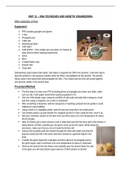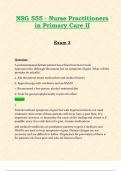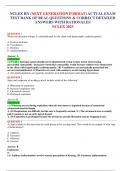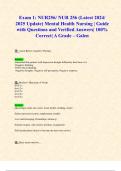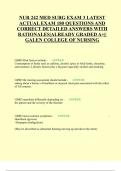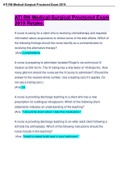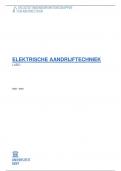Other
Got distinction on this assignment. Make sure you you give my credits if you do copy it or turn into typing own words to prevent plagiarism
- Institution
- PEARSON (PEARSON)
Got distinction on this assignment. Make sure you you give my credits if you do copy it or turn into typing own words to prevent plagiarism
[Show more]
